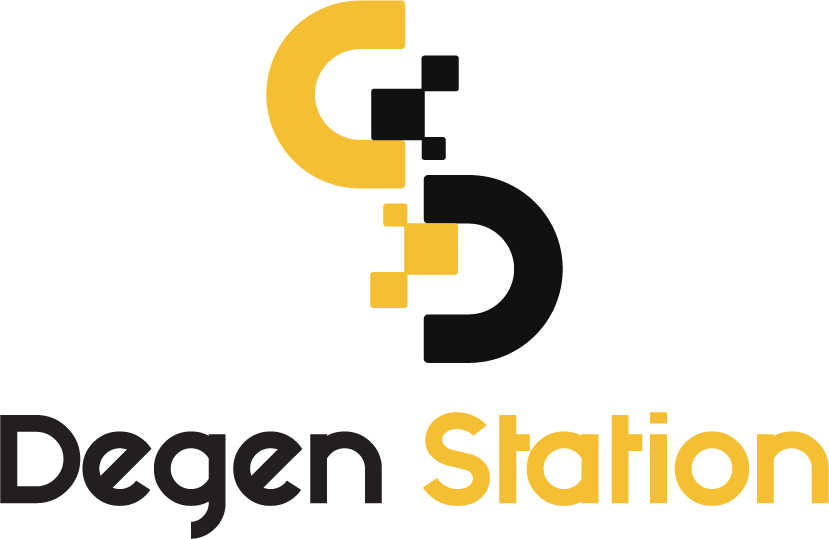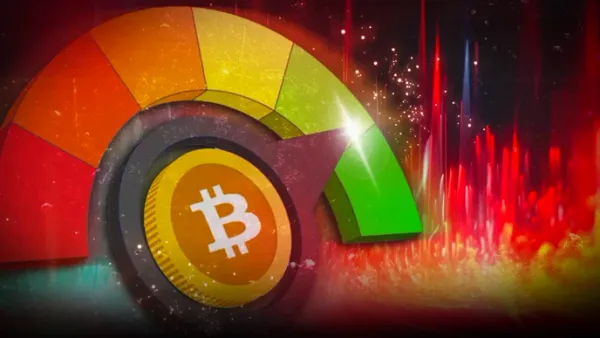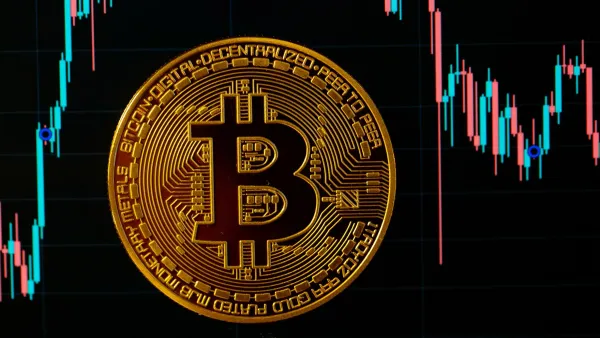What is PeerDAS? Exploring the Notable Update in the Pectra Upgrade
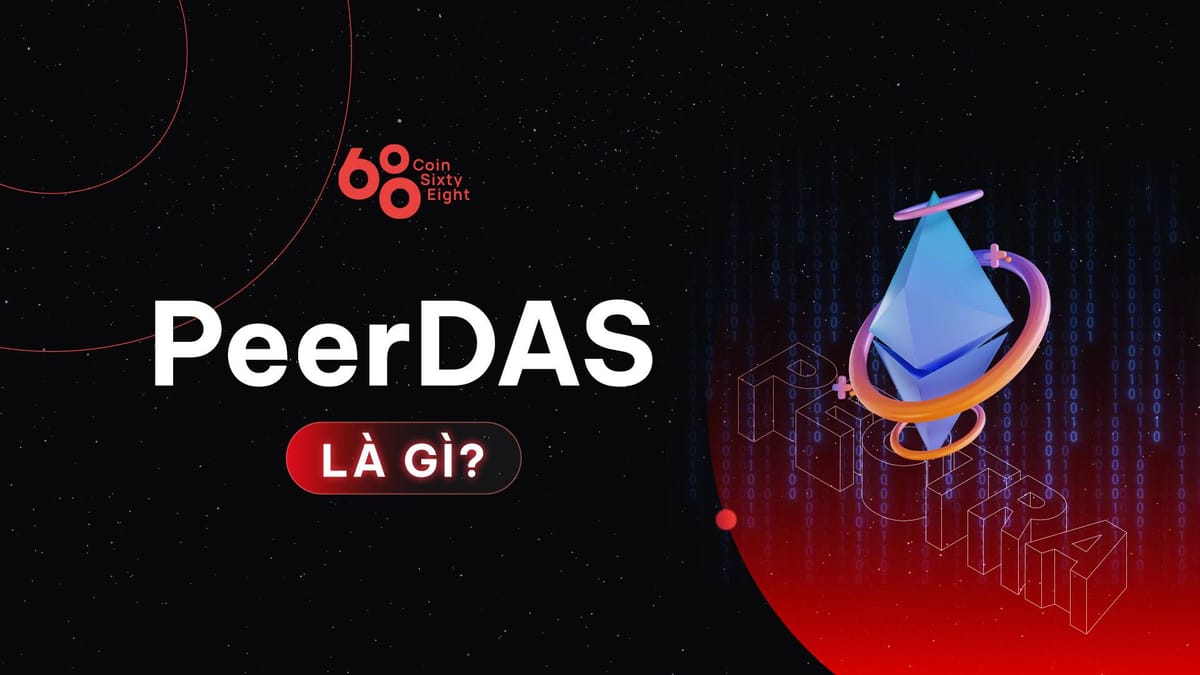
The upcoming Pectra upgrade is set to be a significant milestone for the Ethereum ecosystem, featuring numerous core changes. However, today we will focus on one particular update that may "somewhat" impact third-party Data Availability (DA) solutions. This update is PeerDAS, so let's dive in!
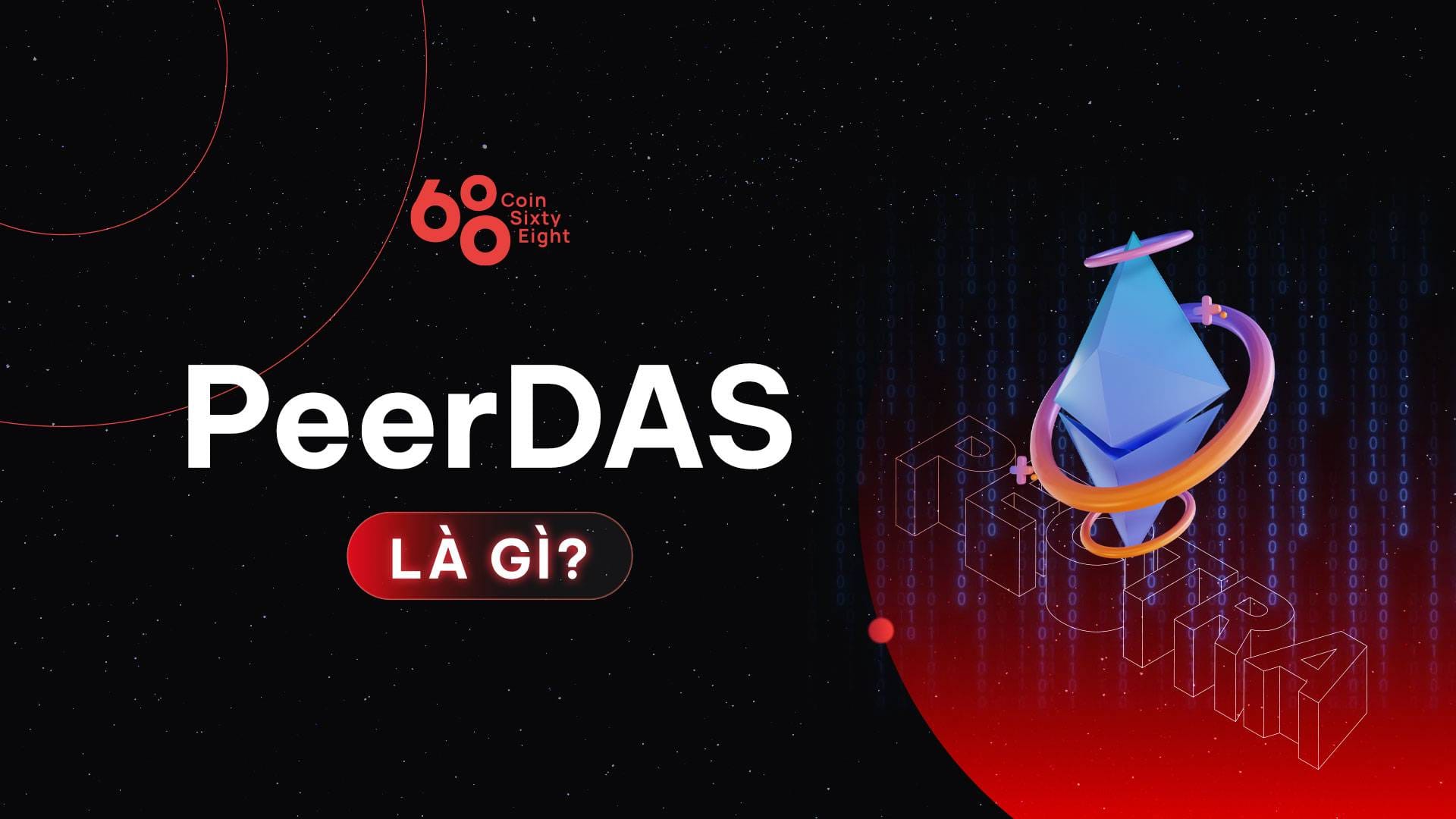
What is PeerDAS? Exploring the Notable Update in the Pectra Upgrade
Some General Information
Before delving into PeerDAS, those who are new to the concept of "Data Availability" might want to read the following articles to get a grasp of how this solution area is currently functioning:
- What is Data Availability?
- What is EIP-4844?
- Common Misconceptions About Data Availability
- Current Data Availability Issues of Ethereum
After the Dencun upgrade, EIP-4844 introduced a new transaction mechanism called blob. This mechanism stores Data Availability data, replacing the previously costly Calldata method. It's important to note that this refers to storing "Data Availability" data - which ensures the safety and authenticity of Rollup state changes, not the "transaction data of Rollup blockchains."
Currently, Ethereum's target limit is 3 blobs per block (this is a target, meaning that when exceeded, the gas price for blobs will gradually increase in subsequent blocks), with a maximum of 6 blobs per block. Additionally, each Ethereum block takes 12 seconds to form. Thus, if the demand for blobs by Rollups spikes, we might witness a gas fee race among Rollup solutions to secure blob data posting rights.
To clarify, blob gas fees operate in a separate market from other transaction gas fees on Layer-1. However, we have seen blob gas fee spikes in the past, such as during the Blobscription craze.
What is PeerDAS?
PeerDAS proposes increasing the blob ceiling per Ethereum block, thus creating more room for Rollup blob usage demands.
The term DAS stands for "Data Availability Sampling," representing part of this solution's approach: taking a sample set and performing cumulative checks to ensure data authenticity while minimizing computational costs. "Peer" refers to the cross-referencing between nodes in the network.
How PeerDAS Works
First, let's delve deeper into how DAS operates. Original DA data is processed through a Polynomial function, creating an "Extend" part representing the original data in a more compact form. Using a technique familiar in traditional engineering called "Erasure Code," this Extend part can trace back to the original data and can detect data loss if over half of the Extend data is missing. Essentially, Extend acts as a small data sample that signals any loss in the original data.

Source: Vitalik Buterin ("Ethereum has blobs. Where do we go from here?")
The "Peer" part involves the network distributing the data to be processed among nodes. The aim is to ensure safety and prevent data loss while minimizing the data each node needs to download for verification. Traditionally, all Ethereum nodes would need to download the entire transaction history to ensure sufficient data for verification.
By combining these two methods, PeerDAS helps the network ensure that Rollup state transitions are fraud-proof while reducing the data required for storage.
A Few Side Stories
Ethereum today also has blob storage from EIP-4844 and targets 3 blobs each block at 128KB in size. That’s 384 KB per block in DA, and applying the same calculation yields an additional ~2666 transactions per block
— Guy Wuollet (@guywuolletjr) June 8, 2024
- Implementation without Hard Fork: PeerDAS will feature in the Pectra upgrade under EIP-7594, but it does not necessitate a hard fork. This means PeerDAS can be implemented immediately with client software adjustments and potentially raise the blob limit beyond the planned 64 blobs.
- Impact on Third-Party DA Solutions: Some investors in Alt-DA might wonder if PeerDAS (an improvement of EIP-4844) could replace solutions like Celestia, EigenDA, and Avail. The short-term answer is no. According to Vitalik's blog, PeerDAS could theoretically expand Blob capacity fourfold. Still, with the current target of 3 blobs per block handling up to 2666 transactions per block, this might increase to 11-12 thousand transactions with a fourfold increase, which might not suffice for the growing Layer-2 demands.
- Coexistence of DA Solutions: There is potential for Ethereum's Layer-1 DA and third-party DA solutions to be used concurrently. This dual approach could offer added protection and flexibility, utilizing whichever solution is more cost-effective or faster.
Conclusion
PeerDAS is a highly anticipated update for Ethereum's Layer-1, yet it may not completely replace third-party solutions. There are many upcoming milestones with enhanced processing capabilities for Ethereum, and the future scale of Rollups remains uncertain. Thus, PeerDAS will be a significant development, but not the definitive solution for all DA needs.
